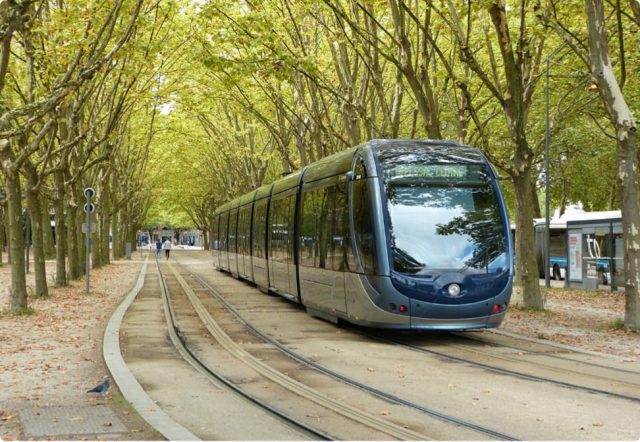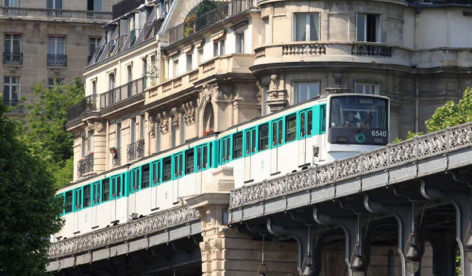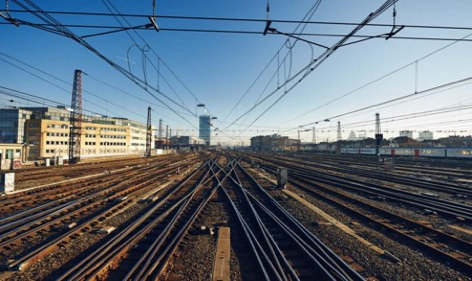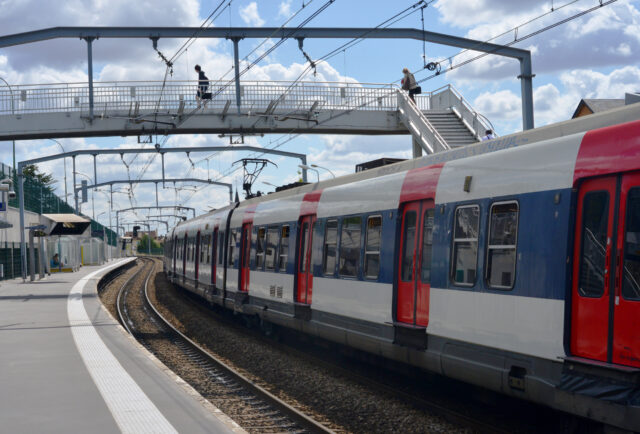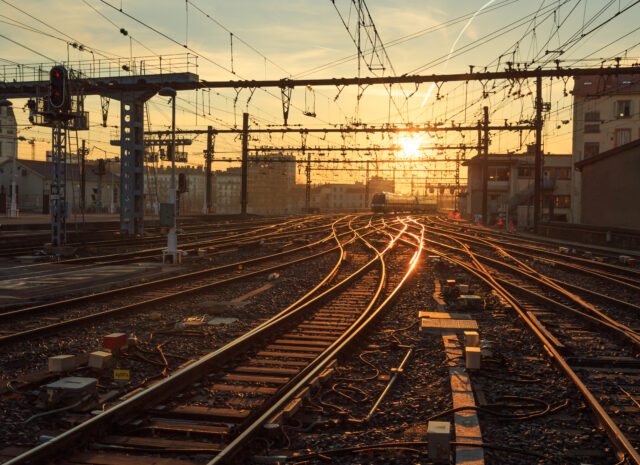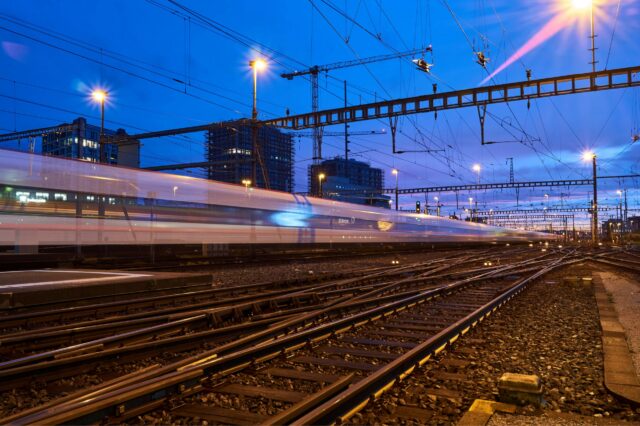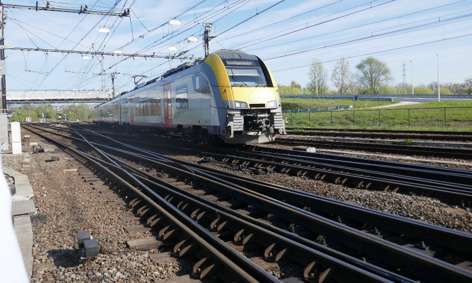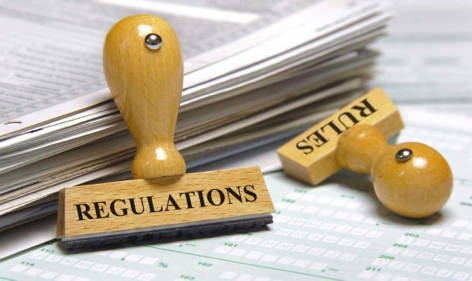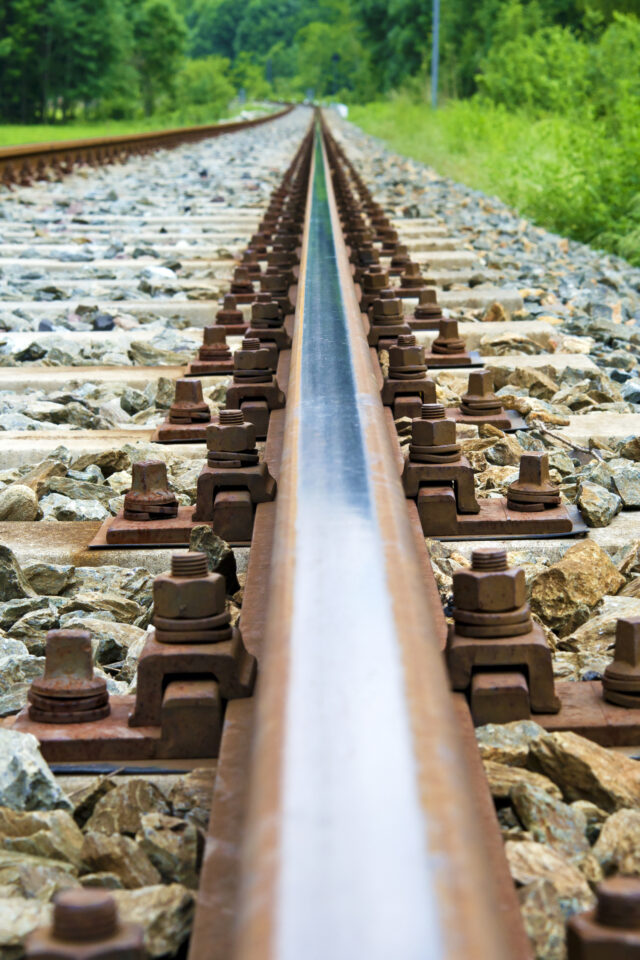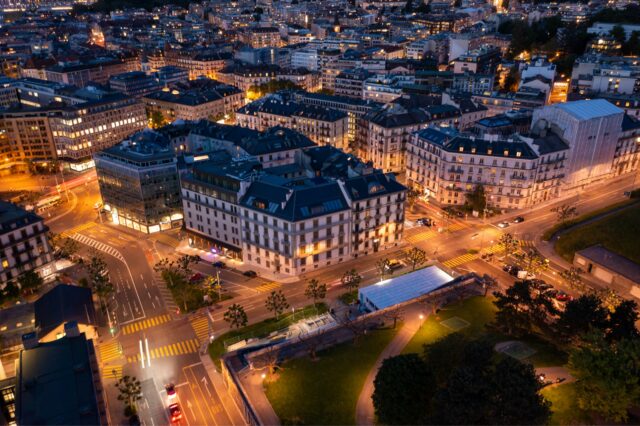The efficient and sustainable mode of transport
More than 260,000 km of railway lines cover the European continent (source UIC). This is an asset with a replacement value of more than 1,500 billion euros.
Climate change and the necessary energy transition give rail a key role. Whether it contributes to the movement of passengers or goods, the railways embody the sustainable mobility of tomorrow.
Meeting future challenges poses several challenges.
Anticipation, a prerequisite for tomorrow’s performance. Rail networks have a large amount of equipment, which is heterogeneous and has a relatively long lifespan. Maintaining them in good condition is a budgetary and industrial challenge. Periods of chronic underinvestment are costly: the catching up of infrastructure substance is spread over several generations and the socio-economic consequences are high. It is therefore necessary to :
- Build scenarios capturing effects of the current budgetary framework in the medium and long term, in order to properly adjust public policies.
- Prioritise the allocation of available resources according to the value produced by the infrastructure.
Boosting innovation while controlling obsolescence. Improving the efficiency of the railways requires an effort to innovate in terms of operating principles, maintenance and renewal of infrastructure, production methods for construction sites, etc. At the same time, it is a question of ensuring the maintenance in operational condition and then the gradual eradication of equipment inherited from the past, which generally constitutes significant volumes.
Identify synergies: only a reliable projection of investment needs can identify, in time, synergies between the renewal strategies of asset families. These synergies make it possible to combine projects and thus organise real performance leaps while controlling costs.
Optimising the interaction between vehicles and the infrastructure. Physical forces generated by the movement of a vehicle on the track are extreme, the catenary (the contact wire) wears out as the pantographs pass over it, and the control and command and safety installations on the ground must communicate with those on board the trains. The systemic dependencies are thus multiple and complicate technological development.
Assess, build and run : the 3 stages to excellence

ASSESS
Before taking action, you need to assess the condition of your assets and the performance of your management processes and methods.
Together, we will:
- assess and map the condition of your assets in accordance with recognised benchmarks;
- estimate the economic and environmental impact of asset strategies;
- carry out one-off technical audits;
- analyse the maturity of your management processes, in accordance with ISO 55’001:2024 standards;
- analyse your digital tools and your urbanisation in general.
Understanding and assessing how things currently work is crucial: it reveals the strengths that will enable you to make progress, as well as the weaknesses that need to be addressed.
We work with curiosity and humility, respecting the culture and history of your organisation.

BUILD
This second phase consists of designing and then deploying the technical and organisational solutions that will set your networks and your organisation on the road to performance and success.
Together, we:
- build realistic and optimised asset strategies and implementation plans, aligned with your economic and environmental objectives;
- deploy best practices in asset management;
- train your specialists;
- deploy efficient and scalable digital tools for asset management;
- monitor the progress made by your teams.
We provide you with transparent advice and create an environment conducive to the development of your organisations (change management) by passing on our know-how, making our digital tools available and implementing change management programmes.

RUN
There are times when resource constraints weaken your capacity to act, or when you wish to entrust certain recurring tasks to us, on a make-or-buy basis.
Our teams offer you:
- regular assistance in carrying out certain asset management tasks, such as data processing and valorisation, environmental and economic optimisation, production of planning or governance documents, etc.
- asset management training programmes, designed to refresh your teams’ knowledge or prepare your new colleagues;
- a range of asset management tools, through our Eqylibr® suite (www.eqylibr.com).
We act with complete transparency, making the most of your teams’ expertise and perpetuating their business knowledge. In this way, you can regain control of the activities you have outsourced to us at any time.
The origins of IMDM
IMDM has its roots in the railway world. We have been working with national and international railway networks for over 20 years.
The beginnings of IMDM’s activity date back to the Swiss Federal Institute of Technology of Lausanne (EPFL) and its transport laboratory.
Since its creation, IMDM has continued to develop its skills in terms of business expertise, both in terms of infrastructure and railway operations, systemic analysis and ad hoc numerical modelling (the Eqylibr suite® in particular).
We carry out assignments for major players in the railway sector: audits on the state of infrastructures, second look at maintenance policies, asset management strategies (infrastructures and rolling stock), optimisation of work windows, etc.
Our lifecycle models and digital asset management platform are used in network infrastructure condition audits and in the development of infrastructure maintenance and renewal strategies. Our results are used in contract negotiations between infrastructure managers and the authorities that finance the infrastructure.
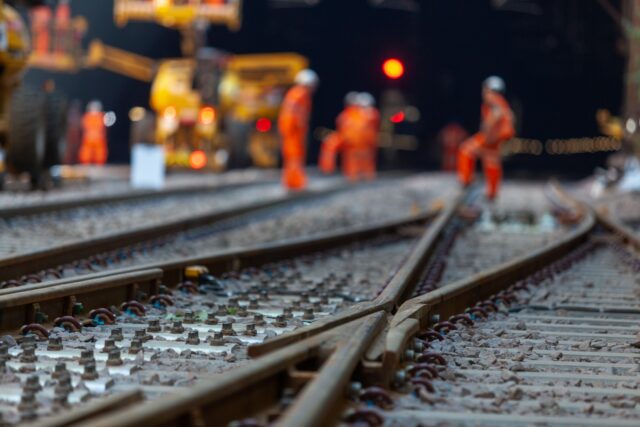
Some "rail networks and mass transit" references
All our referencesWould you like to know more?
If you are interested in our services and would like additional information.


